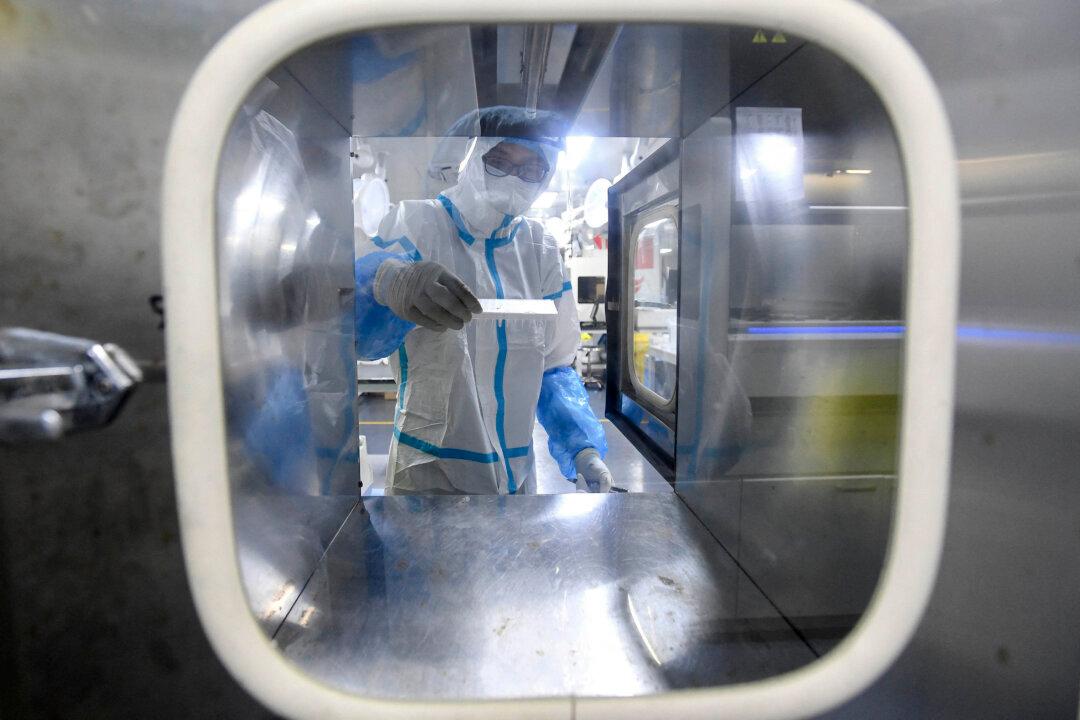In brief:
- Listeria has a 20 percent mortality rate, and nearly every outbreak includes a fatality, making any increase in outbreaks a major public health concern.
- Outbreaks have been traced to almost every kind of food.
- On the one hand, this is a reminder to prepare your food in a hygienic way: thoroughly wash produce under running water, and cook and heat meat and ready-to-eat products thoroughly. On the other hand, this is linked to a worryingly high level of antibiotic use in farming across the board.
- China presents a worrying case study, but the U.S. is also using huge amounts of antibiotics in farming.
- The emergence of a “superbug” strain of Listeria is within the realm of possibility, and could be very dangerous given that 20 percent of infections result in deaths. But it’s important to remember that the prime way we fight off Listeria is our innate immune system and a healthy gut—in fact, 5 percent of people have Listeria in their intestines, and no sickness—antibiotics are meant to lend a hand in the fight, not to be the first line of defense.
The incident caused cases of Listeria infection in several states. A total of 23 people have been infected, including 22 hospitalizations and one death.






